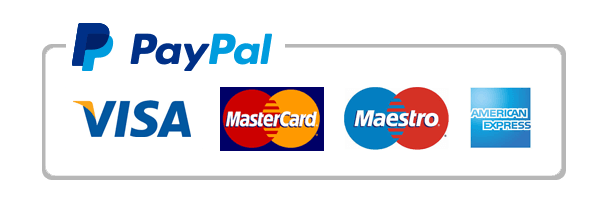Price At The University Market Shop example essay topic
It is a homogeneous good such that all the bottles are in exactly the same package, are the of the same brand, have the same content, and are therefore perfect (1 to 1) substitutes of each other. Table I shows the various locations and the nominal price in US$ for a 2-Liter Plastic Bottle of Diet Coke in the University of Chicago area, as observed over the past week. The nominal price is used as a measure of real value since these observations where made over a relatively short interval of time. Shop Location Price (including-tax) Hyde Park Co-op 55th and Harper $1.84 Walgreens 55th and Harper $1.84 Kim bark Liquors 53rd and Woodlawn $1.84 University Market 57th and Kenwood $2.12 Blockbuster Video 53rd and Hyde Park $1.84 Table-I At 4 out of the 5 locations, the price of a 2-Liter Plastic Bottle of Diet Coke is exactly the same! However, the price at the University Market shop is 10% higher. These prices can be divided geographically.
One, in the immediate University of Chicago campus area (57th Street Market), and the other set of prices in another area to the north (Hyde Park Market). In a perfectly competitive free market, we should see no price difference. This is because when the price of a homogeneous good changes, all prices for that good must change. If the prices do not change as quickly as the information of the change spreads, there is an opportunity for a profit and this in turn tends to eliminate the price difference.
The prices in Table-I have been observed over a relatively large period of time, with sufficient time for any arbitrage opportunities to be exhausted. This observed price difference is a lasting one. People who shop in the immediate University of Chicago area are willing to pay more for a 2-Liter Bottle of Diet Coke. The market for a 2-Liter Bottle of Diet Coke in this area (57th Street Market) is therefore different from the one in the adjacent area to the north (Hyde Park Market). The 57th Street Market caters to people that are working, studying, or living in the immediate area. The geographic area of this market is small, and distances between offices, classes, and shops are relatively short.
The consumers who shop here normally commute by walking and so the U of C Market stores are frequented by consumers who are willing to buy a relatively small amount of goods per transaction. For example, the University Market store, unlike most of the other shops in Table I, does not have a large parking lot or shopping carts which would facilitate buying a larger amount of goods in one transaction. The consumers of the 57th Street Market would have to bear a large transaction cost, in terms of time (opportunity cost) and expense (driving) by going to the Hyde Park Market. They can justify this additional expense only if they are able to at least offset the increased transaction cost with savings in the price of the good (s). This would be easier to do, if larger bundles of goods were purchased.
Let's take for example a student that lives in the International House on 59th Street. He is planning to write a paper for his Economics class that must be finished tonight. His refrigerator is full of groceries, but he finds that he has run out of Diet Coke. As a good student of economics and a rational decision maker, he would like to trade the least amount of his endowment of time and money for a 2 liter bottle of Diet Coke. In this case, the amount of savings in nominal (money) terms would be $0.18 if he were to shop in the Hyde Park Market and could get there as easily as the 57th Street Market. But going to the Hyde Park market will cost him in terms of time and transportation.
To make his trip worthwhile, the additional transaction cost must be less than $0.18. As it takes about 20 minutes longer to walk to and from the Co-op, the student needs to value his time at less then $0.60/hour to make his transaction cost low enough. This is highly unlikely for a student of economics. He will instead make a brisk walk to the University Market and pay nominally more for the Diet Coke, but in terms of total economic costs, still be saving. This explanation is exactly in accordance with the Law of One Price (LOOP), which states that identical goods should sell for the same price in two separate markets when there are no transaction costs and no differential taxes.
As the tax rate of 8.75% is the same in both the 57th Street and Hyde Park Markets, the difference in price is attributable to the increased transaction cost (time and money) of going to the Hyde Park Market for the consumers that are in the immediate 57th Market Area, and are purchasing a small bundle of goods. Browning, Edgar and Z upan, Mark. MicroEconomics Theory and Applications. Seventh Edition, John Wiley & Sons, 2002. Hanson. Price Analysis and the Exchange Function.
Referenced on the Internet, 5-14-02. web Smith, Adam. The Nature and Causes of the Wealth of Nations. Clarendon Press, 1869. Suranovic, Steven. Introduction to Purchasing Power Parity.
Referenced on the Internet, 5-14-02. web.

